a series of interviews with artists on BLACK
WHY JAMES LIKES BLACK
James Mountford, Artist, ex London inhabitant, now resident of Los Angeles
James was based in London, in Hackney, when we worked together. Except when we used catwalk images, James shot all of the FUTURE CLASSICS look books – so he is an innate part of the history of the label, how it evolved, was translated and seen – and therefore this begin-again/retrospective. If James thought my collection was OK, I was happy.
At the time James had a great blog, I Heart Krackney. His off the record out-takes and edits from editorial shoots and look books and personal work that didn’t sit on his then main photography website. Just his photos without external defining context. James’ work always had a very particular cool – an effortless plainness, and a super clean naked kind of sexuality. And when left to his own devices, an unfinished-ness - an art in itself. I always wanted a bit of Krackney in my look books but would then rein it in by being what I thought was necessarily detailed about garment construction, straight floor lines, etc. But the moments when I let James’ moments, and the light (or dark) spill in always made the edit better. James was also really kind in letting me post-production mess with his photos – taught me how to “gif”, and that “crushing the black” (artificially upping the contrast) was a bit naff.
Towards the end of his time in London, James started working more and more on his own art/work. He produced an over-size non-book folio of prints and a series of form studies using life models and performers as well as model/models. Startling, minimal, (un)still life/s. A human in a space with chair, nude tights, floor lines – all in relationship. A deliberate exploration and pushing of composition and subject/object – knowing, unafraid of possible ugliness.
Interestingly, and with perfect synchonicity for the theme of this project, since James moved from E8 to Los Angeles - place of perpetual sunlight - his work in contrast has descended further and further into darkness. I would say he is definitely in a black phase. His images have a deep, classical beauty and order, but also a primordial sense of horror and catastrophe - a kind of hunger for the luxury of the human body which somehow leads to its dismemberment. Flesh emerges from/sinks back into a fathomless black background. We are never quite given the whole. Forms are caught in light, but mangled by the capture. Plaster casts partially replicate sections of body, but are cracked open, incomplete. Layers of images stack up within themselves, haunted by their own ghost replication. Rocks and stones and plaster casts are stoic, emote. The line between painting, sculpture, performance and photography unclear. They remind me of Butoh, of Freud, the repetitions of Francis Bacon, of renaissance paintings; Araki’s surgically detached bondage photographs – but are something else, from some other place. Even when no humans are involved there is this same narrative – the exalted observation and capture of a being, a form, that becomes an event. They look incidental but studied, and always generate a weird desire - to take in more, extra absorb the in/complete.
New Torso II 2014
I am really in awe of what James is up to now. He started out studying fine art and has returned – using everything he learned in his intermediate life as a fashion photographer to get to this very particular, unique place and way of working. I think he has found his particular strand of genius - got reborn in his new life, come full/completed circle.
The JAMES questionnaire
I know you suggested Skype-ing, but I thought it would be good to do this interview “blind” as you say in your website work statement - as I know nothing of your new life, and how you work now. So this is a long distance, written Q & A.
I also remember you maybe not really being into explanations! - so it feels strange to ask you to write about things, and talk about your process – especially when in your statement you say “The artist’s process is designed to negate himself as photographer”….
Q: Did you have a rebirth in LA?!!
I definitely feel I’ve had a rebirth, life and work in London had began to stagnate. The process of packing the few things I cared about and selling what was left was cathartic and arriving in Los Angeles with a clean slate felt great, it was like everything aligning all at once, I had this focus and drive that kept me in my studio for months at a time. Whenever a question formed I would push hard to answer it and that driving force of discovery formed a very prolific environment.
Q: I am really interested that your work got darker, and you started using a lot of black in your LA era. Can you explain/elaborate how/why this happened.
I think all of my work including the fashion work has an element of darkness to it. When I got to LA and found a studio I blacked it out completely from any daylight. I love the light and the space of Los Angeles and the surrounding area. I would spend a lot of time in the desert observing these minute and subtle moments of beauty in this vast and empty landscape. A tiny but perfect desert flower, a crumbling rock formation, a fallen tree being consumed by the desert floor. I would then go back to my studio and envelop myself in the dark and work with bodies or stone or plaster trying to find similar subtleties. The walls ceased to be black backgrounds and became huge voids in space. There were no rules in that space, nothing was wrong.
Q: I saw that you wrote “No digital retouching or Photoshop used”. Do you have rules about how you work – both in set-up and processing?
The only rule I have in my process is that photography would be used only as the medium for recording what took place in the studio. Once that recording had taken place it would not be changed whatsoever. I’m not interested in taking beautiful photographs, then honing or polishing them. I set up situations or performances in the studio and use the camera in it’s most basic form to record these moments. I’ll manufacture environments that will help negate myself as the image taker. Like working in the dark with long exposures and multiple flashes. Or building pin hole cameras that have no view finder. Chance and error become an important part the process.
Wall of James' LA Studio
Q: Are you making the objects in the photographs?
Yes I make everything, sculpture has become an interesting part of my work, it’s not just a form to photograph but an actual piece or part of an installation.
Q: Do you still “shoot fashion”?
I’ve done a few things that felt like the right fit, but in general I’m not working in that realm anymore.
Q: Any upcoming exhibitions?
I’m doing a big collaborative show with Stephen Webster at his space in Los Angeles in June. It’s my first show here.
JAMES ON HIS PROCESS....
The picture is broken down into 3 simple acts.
The subject, the eye, the light.
These 3 elements orbit, react and interchange infinitely to create a performance that is recorded in it’s most simple mechanics.
The fact that the space used is entirely black relieves any context from the act. Sometimes the body is painted to remove context, race, gender, sex, alleviating the need to make decisions about who and why and only concentrate on the form.
In this sphere the slightest subtlety forms crashing waves of emotion and cognition and leaves the viewer to fill in the blanks [blacks] [shadows] to complete the work.
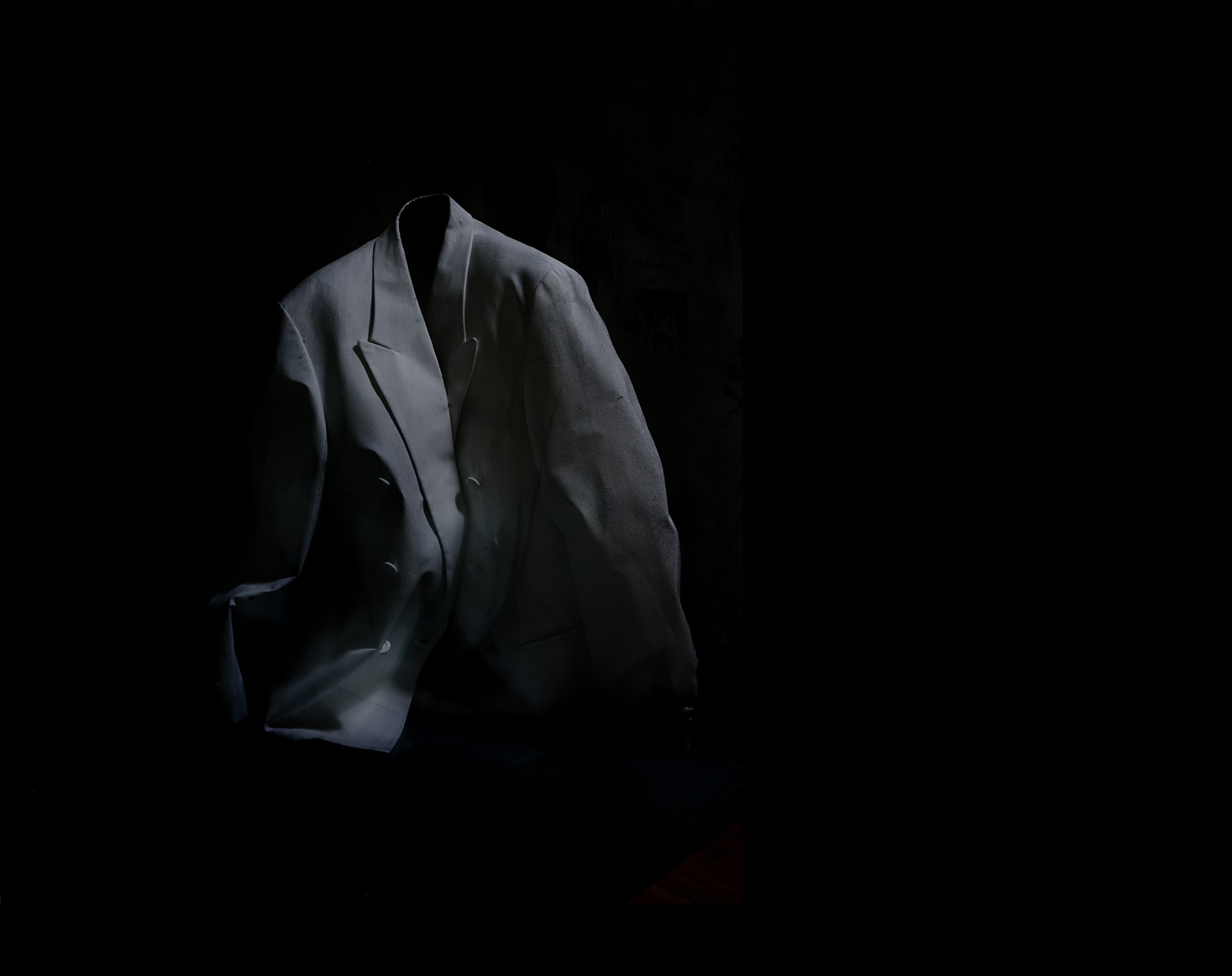
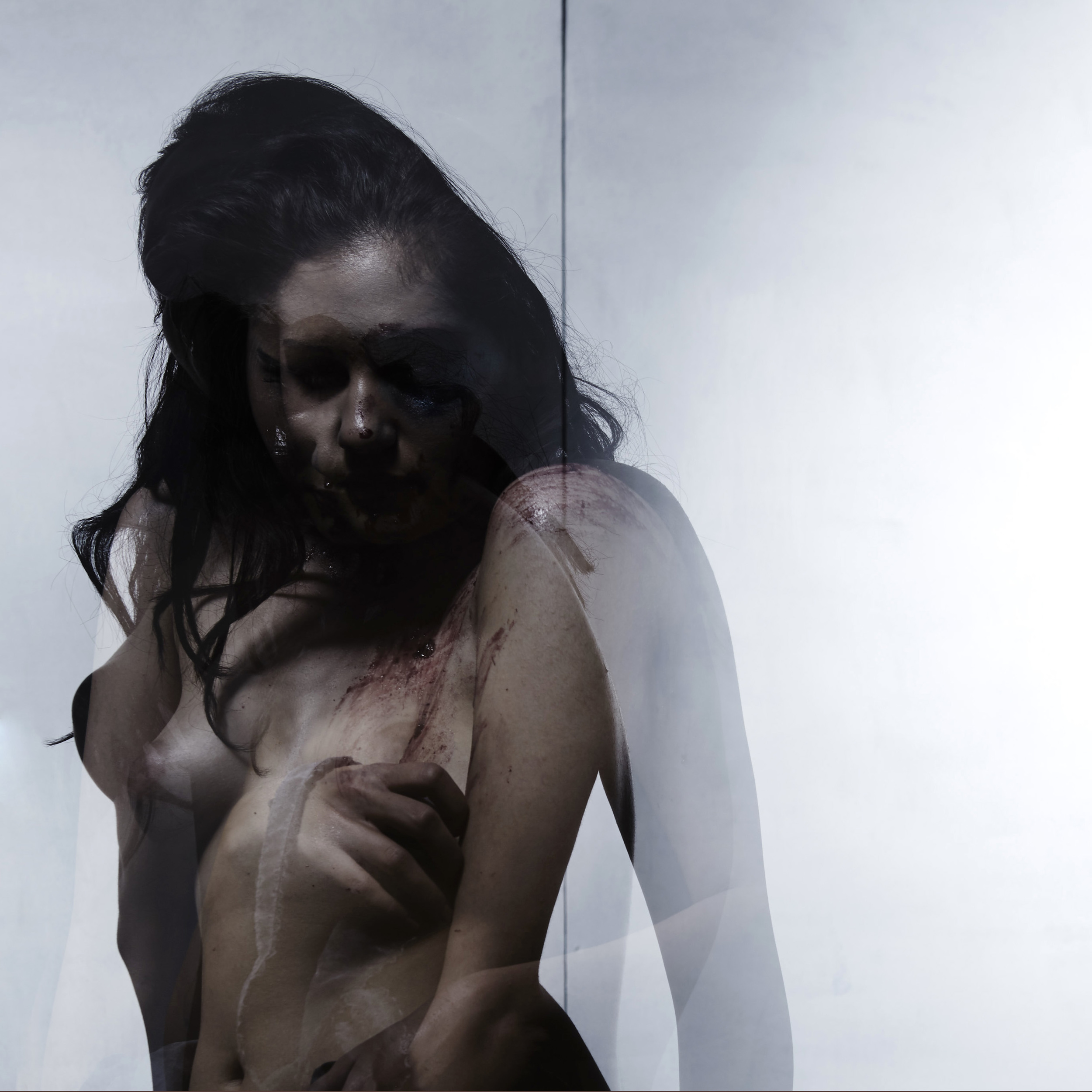
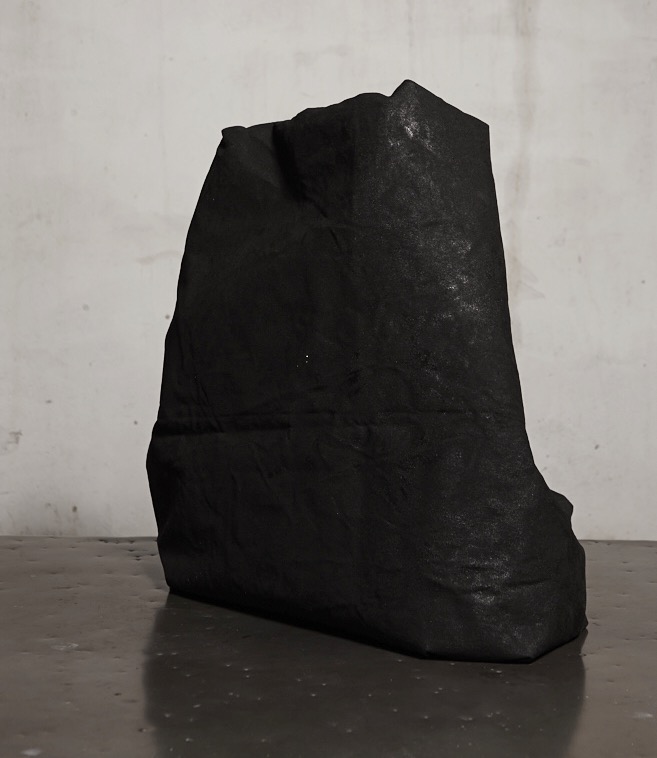
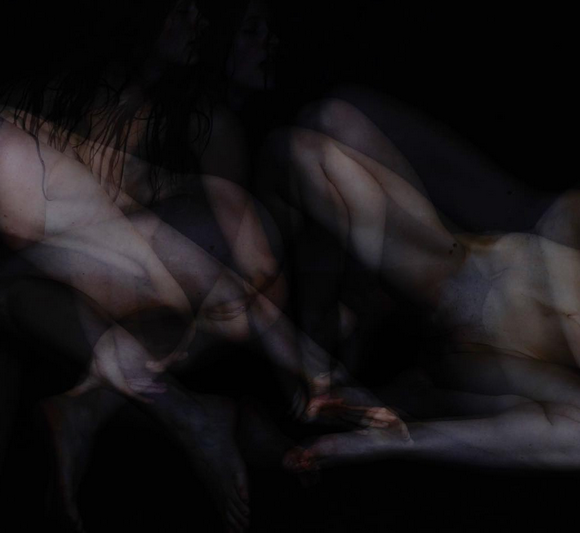
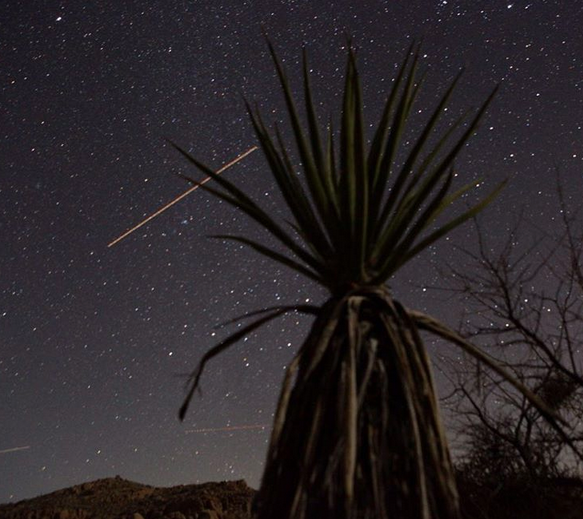

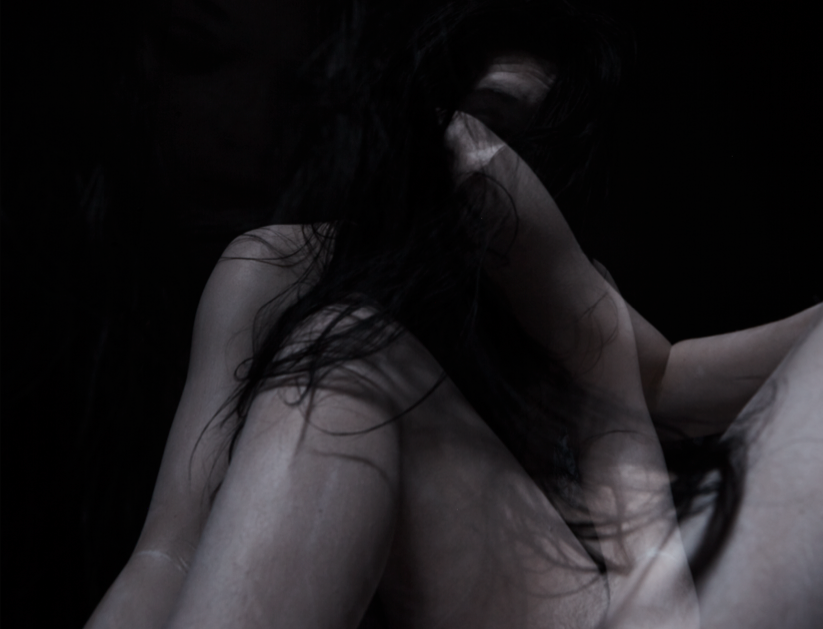
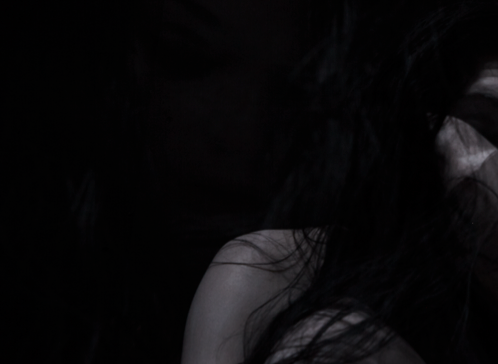


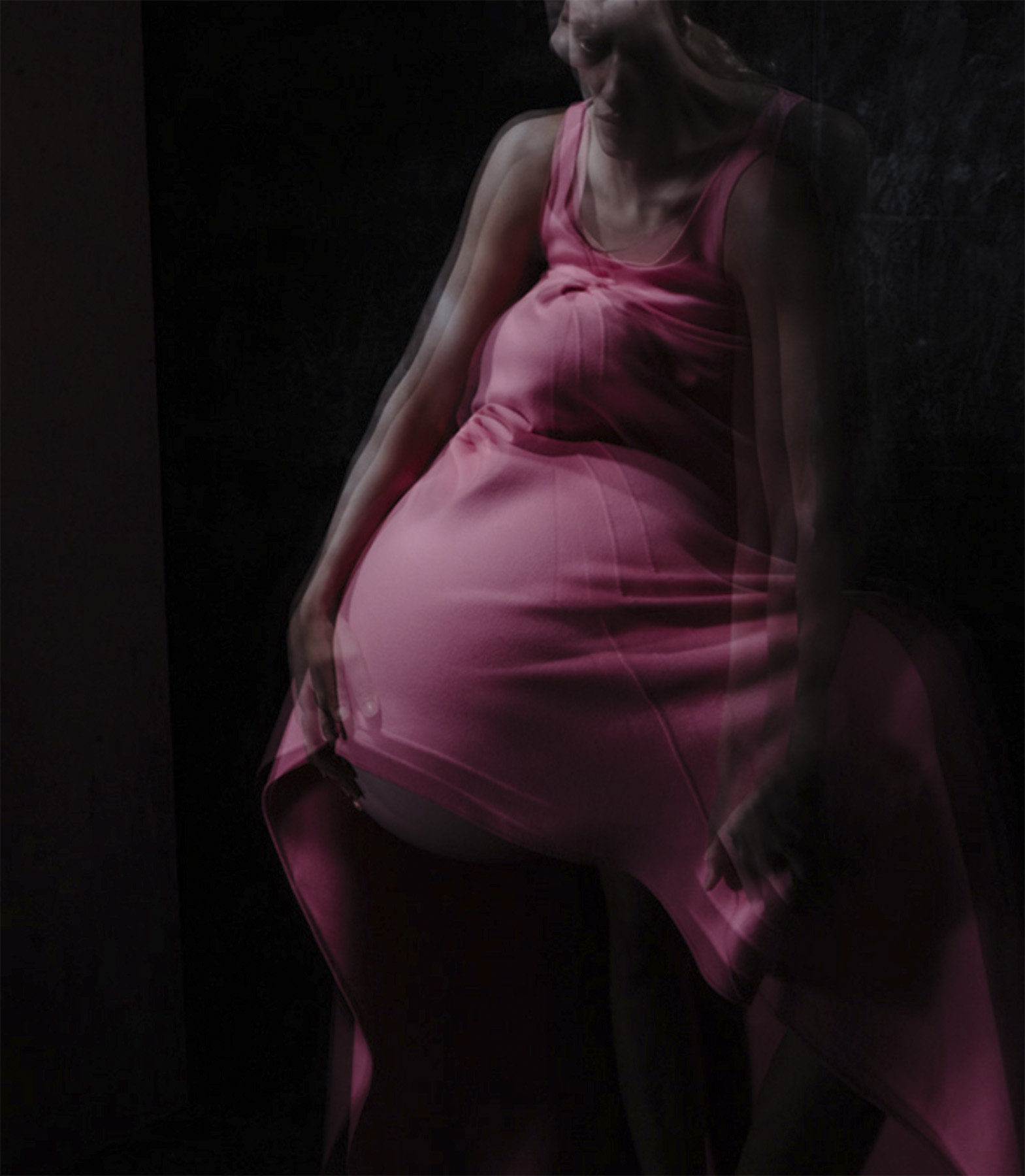
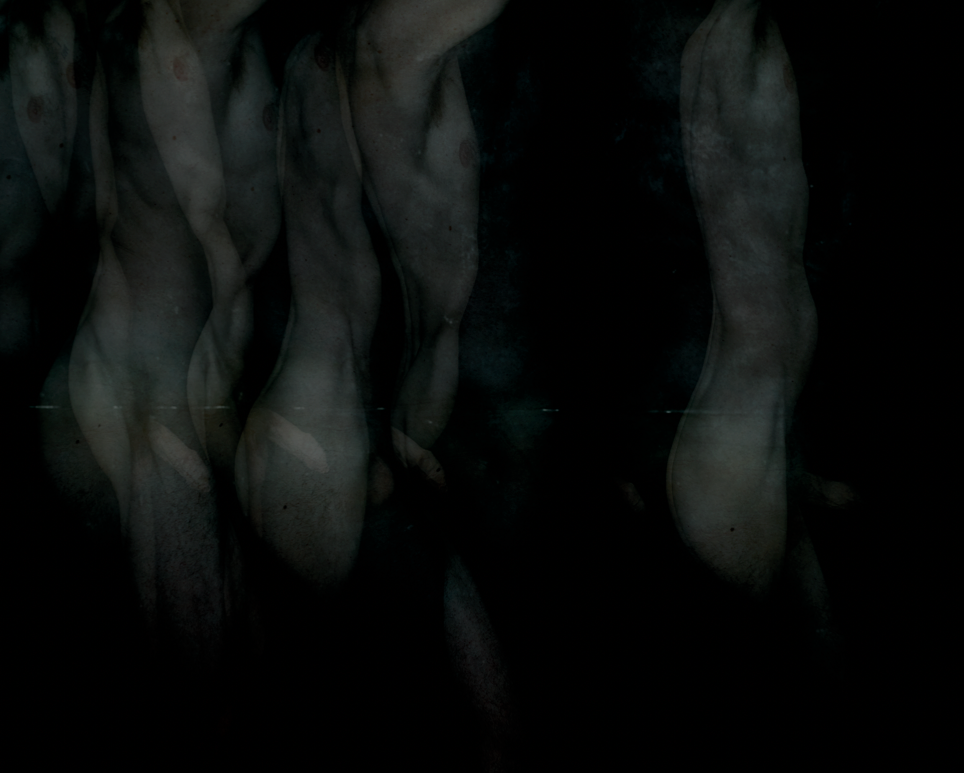
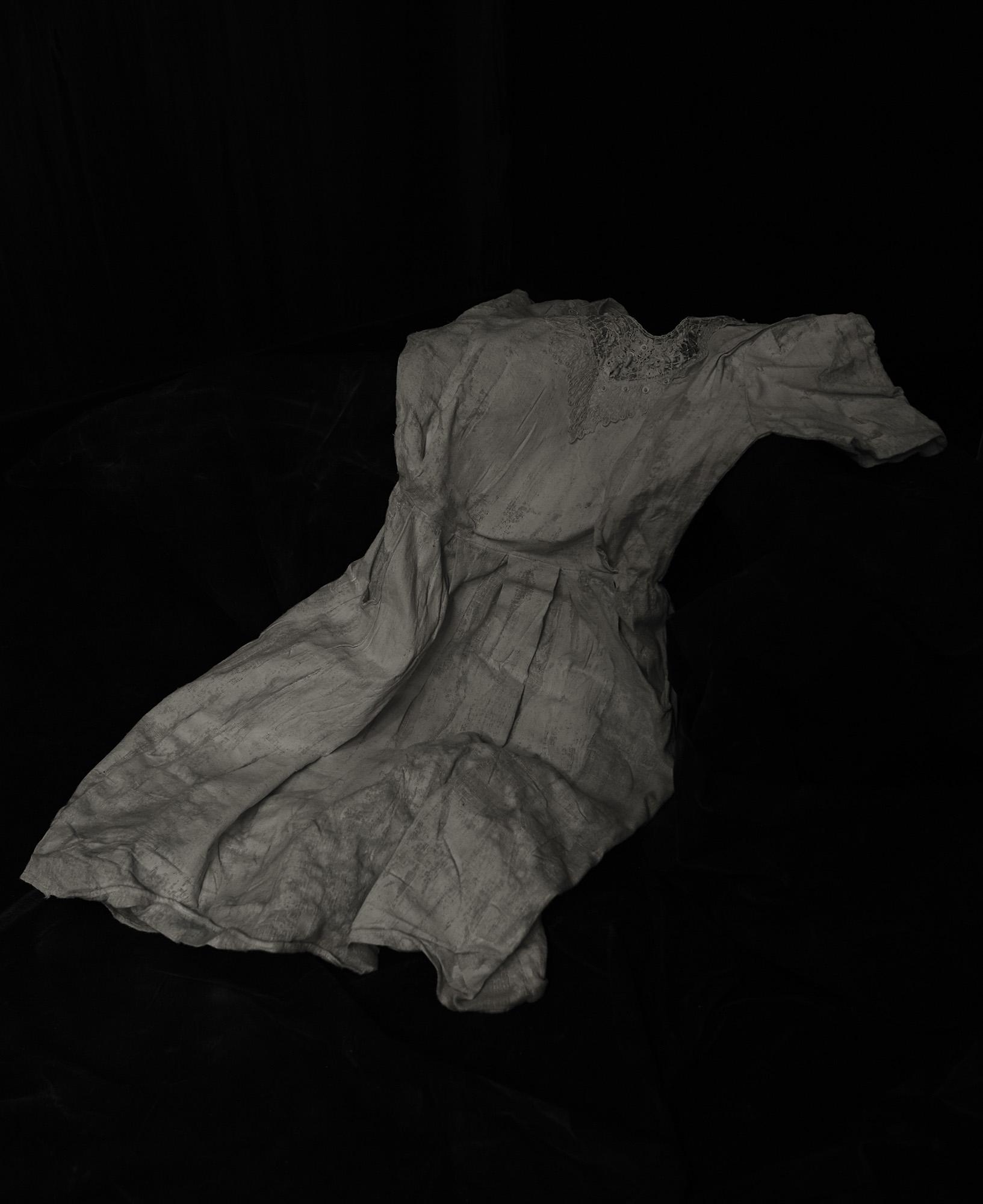
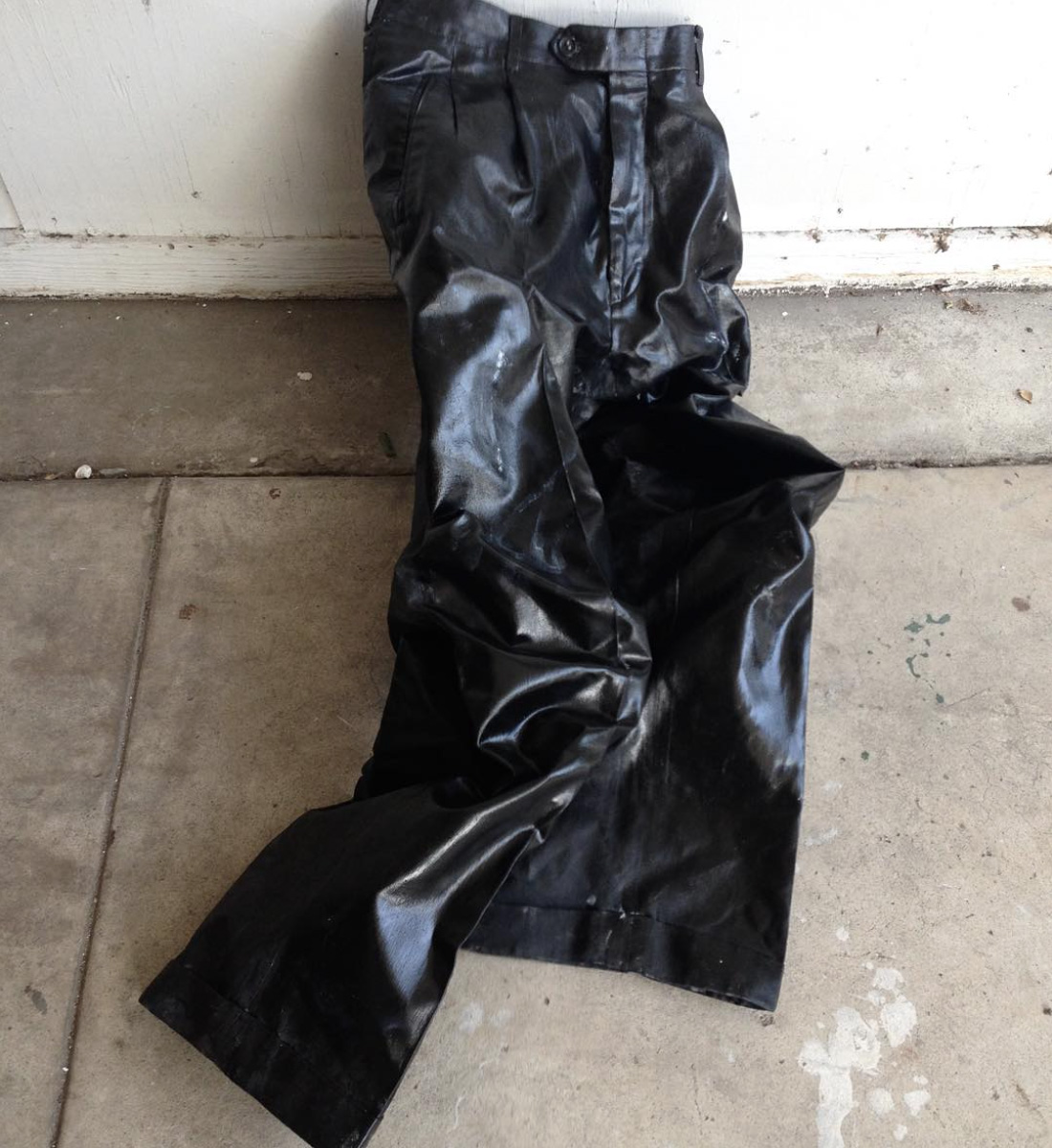
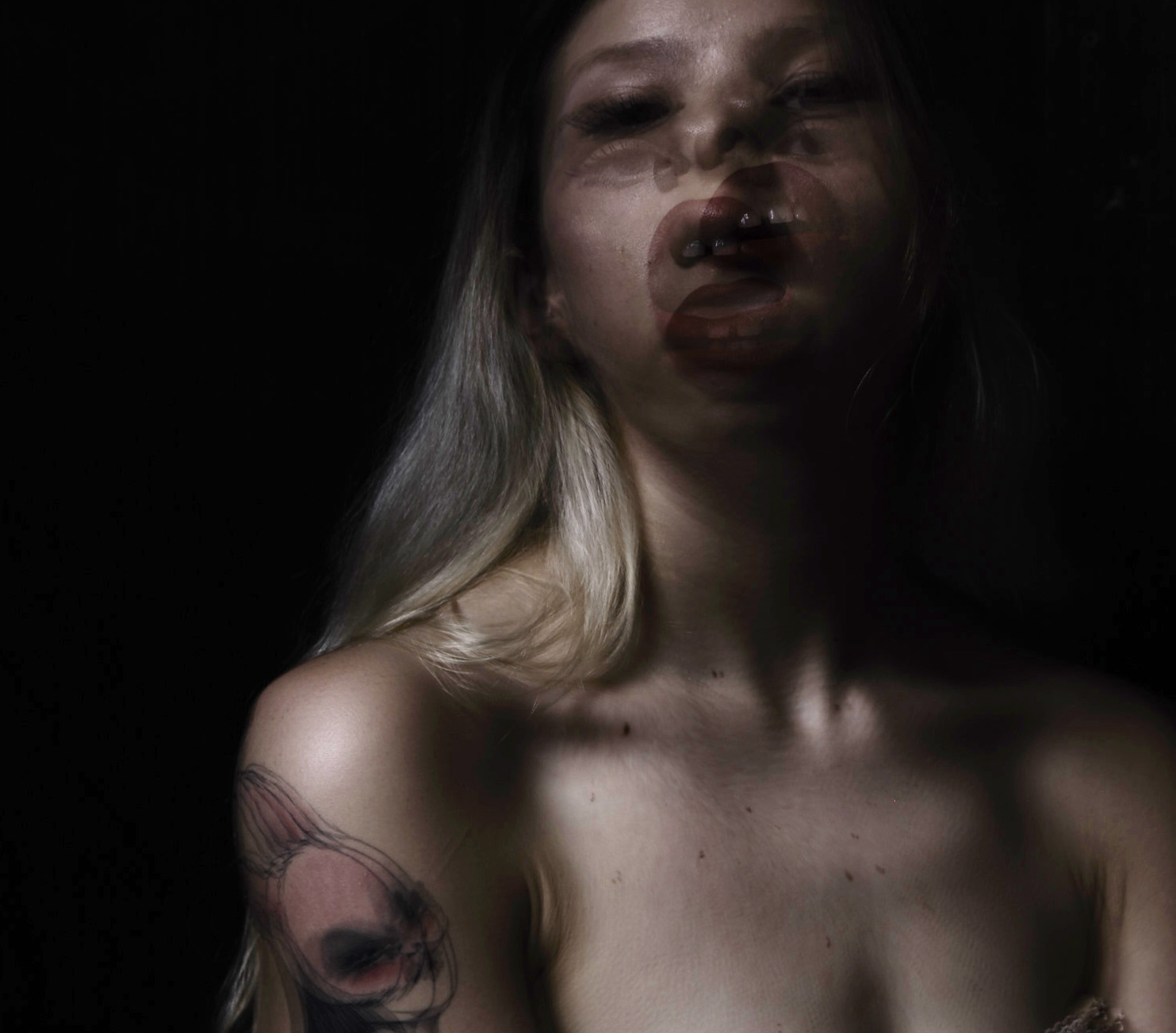
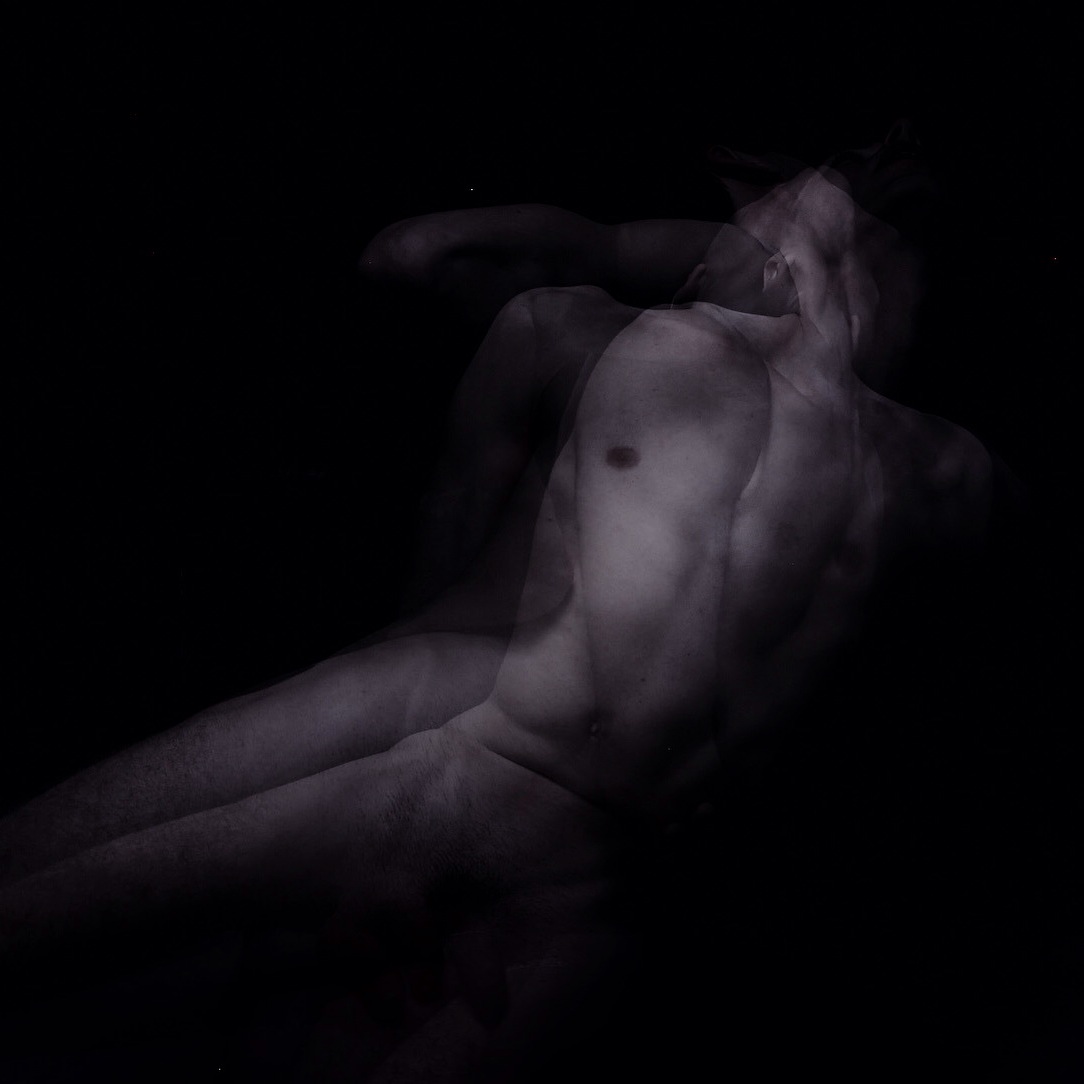


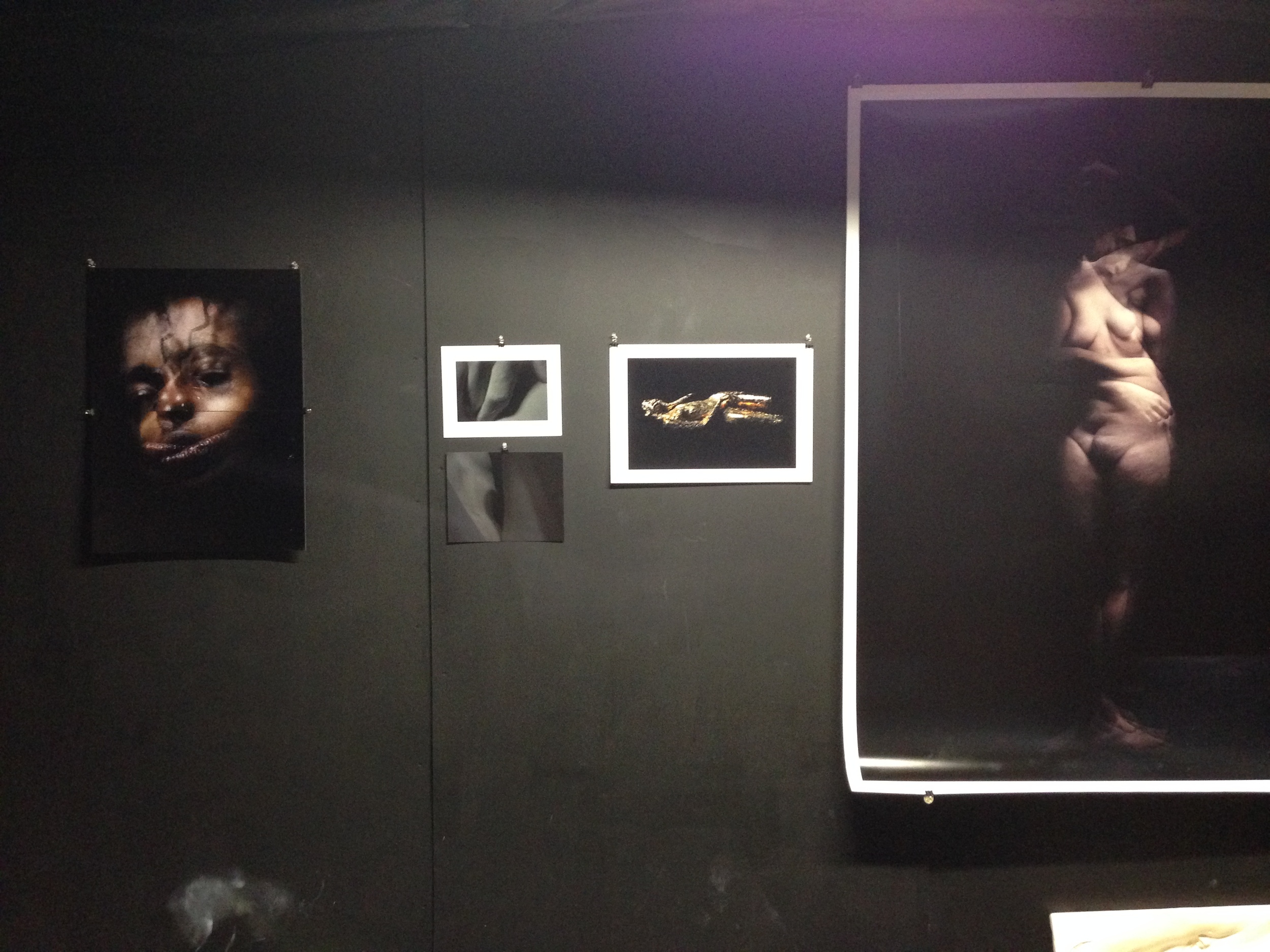
LINKS TO JAMES' WORK:
instagram.com/jamesmountfordstudio
Text copyright: Julie Wilkins 2022. All images James Mountford